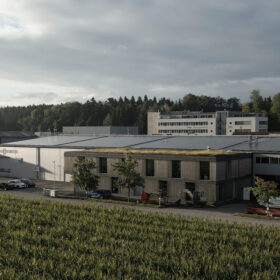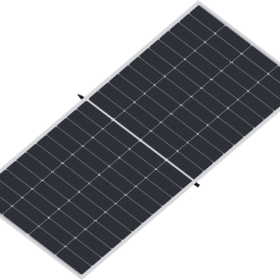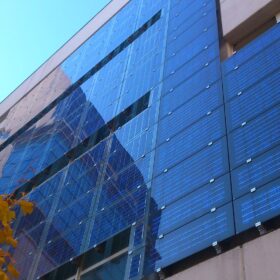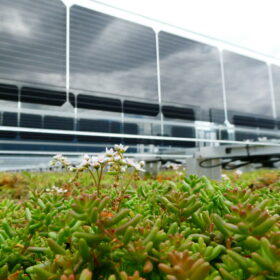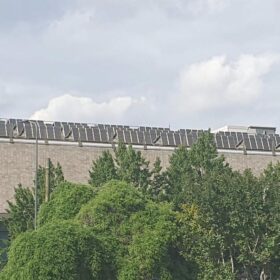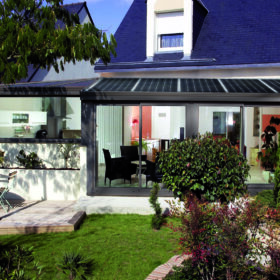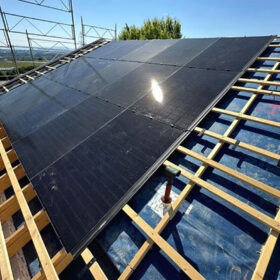3S Swiss Solar Solutions completes 250 MW module factory in Switzerland
Switzerland-based module manufacturer 3S Swiss Solar Solutions opened its second production facility in its home country.
GoodWe releases 335 W BIPV panels with 17.4% efficiency
The panels measure 2,116 mm × 777 mm × 3.5 mm, weigh 5.6 kg/m2, and have a temperature coefficient of -0.35% per degree Celsius.
IEA-PVPS releases cross-sectional evaluation tool for BIPV
The market for building-integrated photovoltaics (BIPV) is evolving, necessitating the development of a comprehensive interdisciplinary evaluation methodology. IEA-PVPS Task 15 developed a cross-sectional evaluation tool, designed for architects, developers, and other stakeholders involved in BIPV projects. Through a step-by-step process, this methodology addresses economic, energy-relevant, environmental, and visual performance, providing a robust tool for comparing and optimizing BIPV installations.
Fire test for BIPV façades
Scientists in Norway have assessed how BIPV façades may react to fire accidents following a typical fire test for building façades. They found that flame propagation in the wall cavity is possible, despite the very limited amounts of combustible material, and that flames may propagate on the entire façade very quickly.
Color characterization technique for BIPV
Scientists in Switzerland have created a new technique to characterize the color of BIPV panels. The method uses an optical fiber spectrometer to detect color characterization signals.
European research consortium aims to clear hurdles for BIPV adoption
A group of companies and research institutes are developing tools, technologies, and methods in a four-year project to promote building-integrated PV (BIPV), with the goal of clearing the path for mass deployment.
Exploring the depths of Italy’s oldest BIPV project
Scientists have assessed the performance of Italy’s first publicly funded BIPV project, which was installed in 2001. Their analysis shows that only one of the 10%-efficient panels in the 11 kW array experienced a severe fault that caused the complete loss of functionality.
France’s Profils Systèmes unveils new solar veranda
Profils Systèmes, a French aluminum carpentry specialist, has developed Wallis&Energy, a new solar veranda that is designed to integrate seamlessly into existing buildings and new structures.
Swiss startup offers BIPV solution for residential, C&I applications
Switzerland’s Climacy has released its Smart Solar Roof solution, with a special mounting system attached to the backside of the solar panels. It features 430 W TOPCon solar modules with an efficiency of 22.5%.
Workflow for integration of BIPV in historical buildings
Italian researchers have outlined a four-step method to assess the technical feasibility of building-integrated PV (BIPV) projects in historical buildings. They applied the proposed approach to a courtyard building from the 16th century in the historical Italian town of Marcianise.
